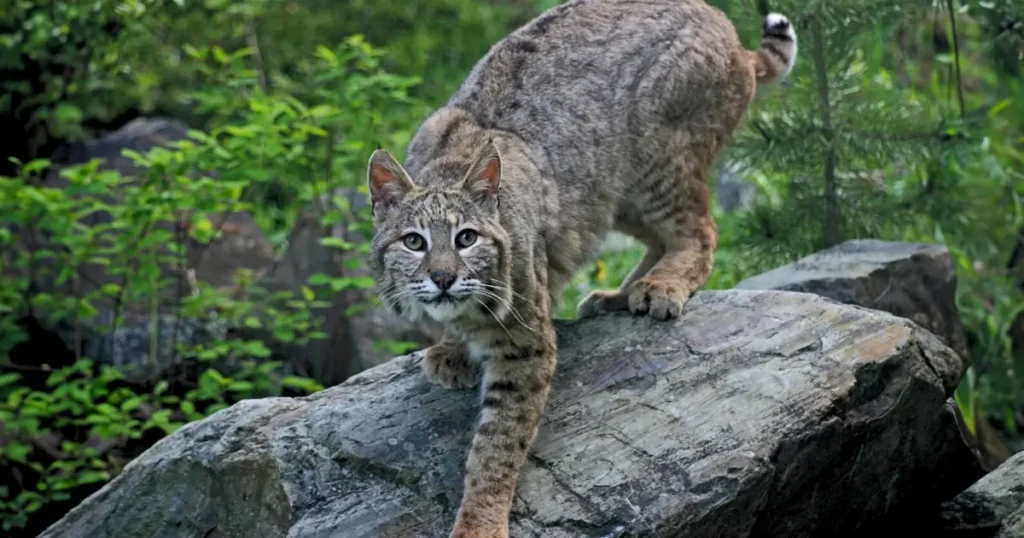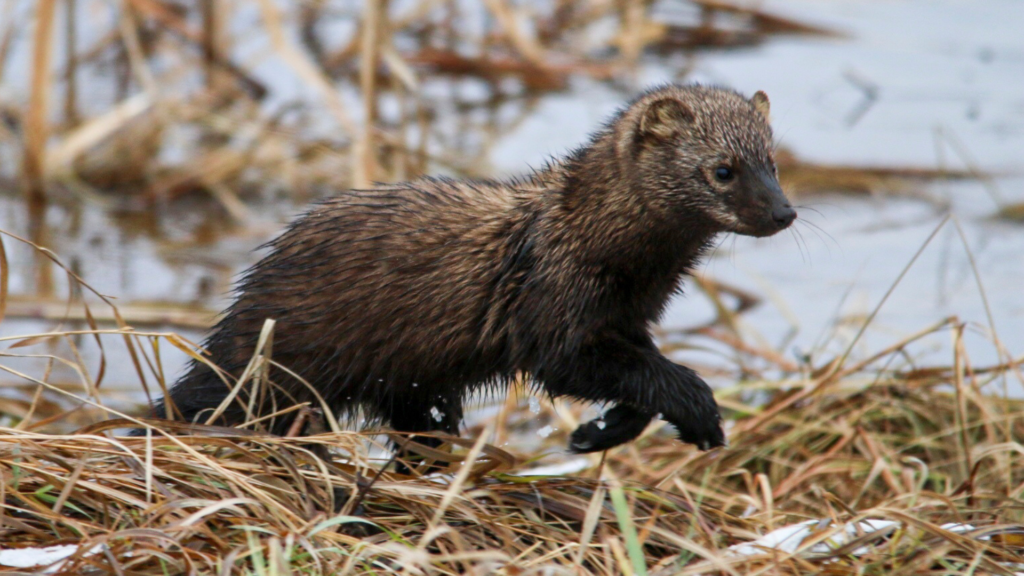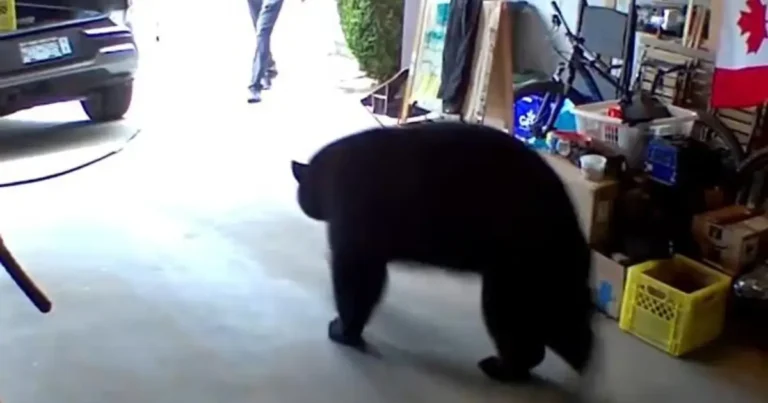
Photo by Anita Elder Design / Getty Images
By Dr. Valli Fraser-Celin
Keating, M. P., Saldo, E. A., Frair, J. L., Cunningham, S. A., Mateo, R., & Jachowski, D. S. (2024). Global Review of anticoagulant rodenticide exposure in wild mammalian carnivores. Animal Conservation. https://doi.org/10.1111/acv.12947
Anyone who has ever had mice in their homes knows how challenging this issue can be. Because of this, many people resort to anticoagulant rodenticides (ARs) to suppress rodent populations in urban homes, as well as in agricultural environments to reduce economic losses and the spread of disease to humans.
Mammalian carnivores can be exposed to ARs either directly, by consuming bait, or indirectly, by consuming the target poisoned species or secondarily poisoned prey. Mammalian carnivores exposed to ARs can lead to different types of morbidity such as decreased body condition, mange, immune dysregulation, or susceptibility to disease. However, there is little research that examines how ARs affect mammalian carnivores, especially in the context of global population declines. This paper reviewed the scholarship to determine the extent to which ARs have been documented in different species of mammalian carnivores around the world.

Photo by slimmmerman, iNaturalist. (CC BY-NC 4.0)
Through their literature review, the authors found that ARs have been documented in both large and small carnivores and has led to individual mortality as well as population-level declines; for example, ARs were the second-leading cause of non-target death for coyotes in southern California. Other affected mammalian carnivores affected by ARs include declines in weasel and stoat populations in Western Europe. Mustelids (e.g. weasels) are most affected by ARs, with the authors finding that members of the Mustelidae family were discussed in 52% of species impacted by ARs in the literature. This is because mustelids are carnivorous with their diets being highly composed of rodents, making them susceptible to being exposed to ARs.
The second and third most affected were Canidae (e.g. coyotes) and Felidae (e.g. bobcat); the most represented species from each family were the western polecat, stoat, red fox, and bobcat. Additionally, 3 of the 34 species discussed in the literature review that were affected by ARs were of global conservation concern: the African clawless otter, the Eurasian otter, and the European mink (which is considered critically endangered).

Photo by Jillian Cooper / Getty Images
This literature review reveals that ARs affect multiple species of mammalian carnivores around the world, including endangered species. But it also shows that there isn’t enough research on this important issue affecting carnivores globally. Finally, this research also highlights the lack of regulation around ARs, as the authors state “…globally, there are few regulations limiting the use of ARs, and existing regulations and requirements for registration appear variable between nations and regions.” (Keating et al., 2024, p. 9).
The authors also highlight four research priority areas: 1) more breadth of research, especially in regions that lack research; 2) AR research needs to be carried out over long periods of time to examine AR exposure, as well as how wildlife reacts to any mitigation strategies; 3) there is a need to examine a wide variety of mammalian carnivores, including those who may not prey on rodents specifically; and 4) the integration of non-invasive sampling techniques to identify to what point AR exposure leads to morbidity and mortality in mammalian carnivores. This research presents an important contribution to further understanding how the use of anticoagulant rodenticides affect not only rodents, but many wildlife around the world.
About Dr. Valli Fraser-Celin
Dr. Valli Fraser-Celin holds a PhD in Geography from the University of Guelph where she studied human-African wild dog conflict and conservation in Botswana, Africa. Valli has always been interested in the human dimensions of wildlife, in particular, humans’ relationships with large carnivores, she collaborated with the Fur-Bearers on a research project exploring Canadians’ perceptions of and knowledge about wolves. Valli is also passionate about dogs, and advocates for dog welfare through her Instagram @thelivesofwilddogs. In her spare time, she runs a pet pantry at her local community centre for pet guardians experiencing pet food insecurity.
